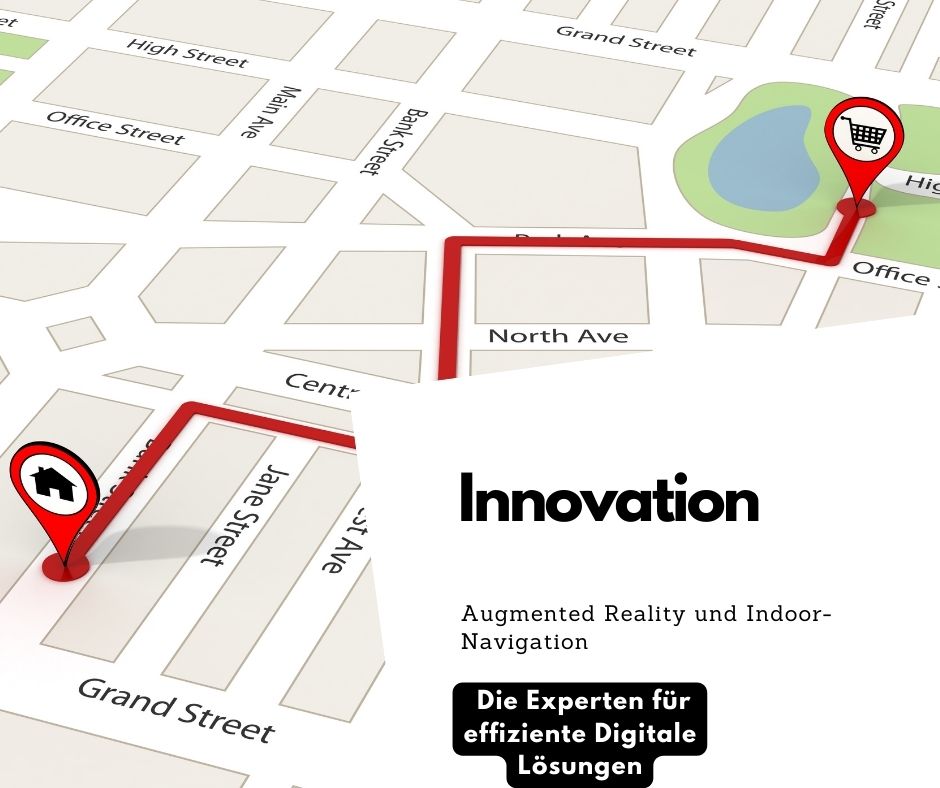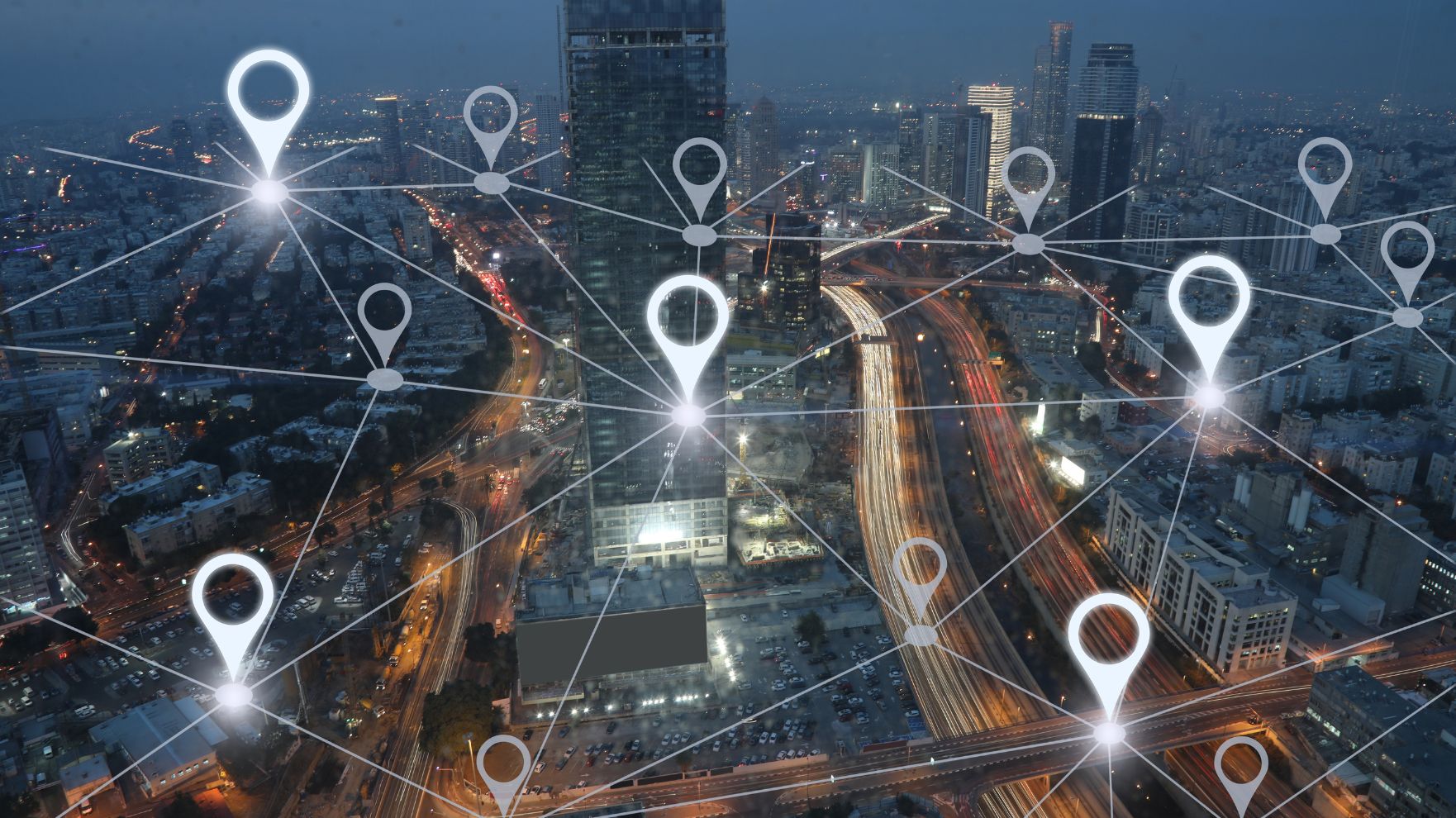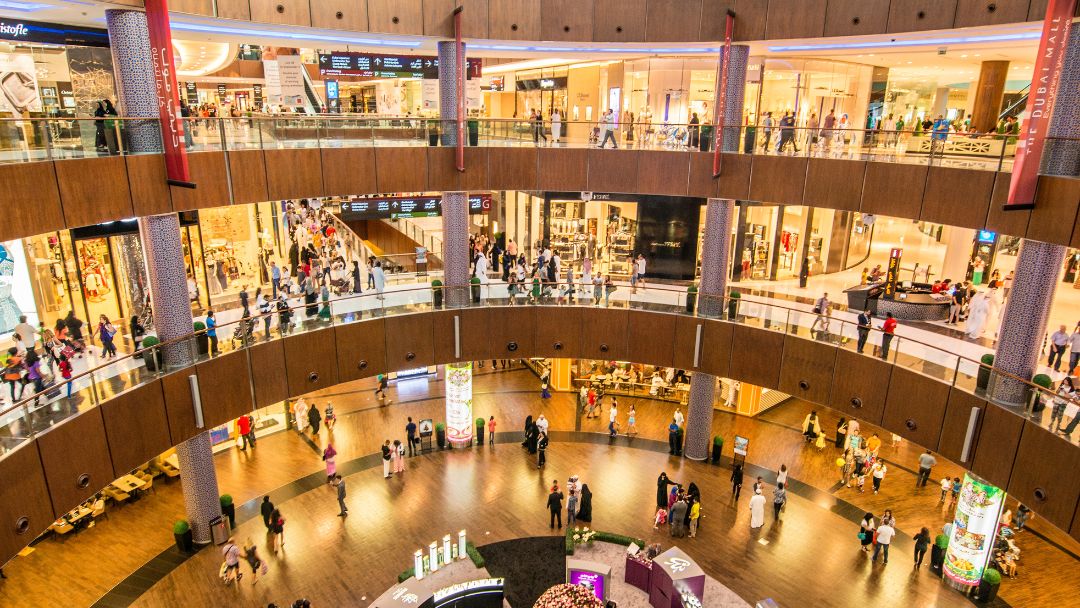Augmented reality and indoor navigation: the future of indoor orientation

In an increasingly digitalized world, augmented reality (AR) is becoming an integral part of our everyday lives. Especially in combination with indoor navigation, AR opens up completely new possibilities to significantly improve the way we find our way around complex buildings. In this article, we take a look at how augmented reality works in indoor navigation, the benefits, the challenges and future developments in this exciting field.
What is augmented reality?
Augmented reality is a technology that integrates digital information into the real world. It enables users to see virtual objects or information about the real environment and interact with them. This is often done via mobile devices such as smartphones or tablets, but also using special AR glasses.


Indoor navigation: The challenge of indoor orientation
Indoor navigation poses a particular challenge, as GPS signals are often unavailable or inaccurate. This can lead to orientation difficulties in large buildings such as shopping centers, airports, museums or hospitals. Traditional maps and directions are often impractical as they do not show the individual position or the best route.
How does the combination of AR and indoor navigation work?
Integrating AR into indoor navigation technologies significantly improves orientation. Here are the steps on how this works:
- Position detection: Indoor navigation begins with the detection of the user’s current position. This is often done using technologies such as WLAN, Bluetooth beacons or infrared sensors.
- Digital maps: The collected position data is combined with digital maps of the interior spaces. These maps can contain the structure of the building, rooms, stairs, elevators and other relevant information.
- AR visualization: With the help of AR technology, navigation instructions are displayed directly in the user’s view. This can take the form of arrows, signposts or even virtual objects that guide the user through the building.
- Interactive information: In addition to navigation, AR can also provide additional information about the surrounding area, such as information about stores, events or important places to go.
Advantages of AR in indoor navigation
1. improved user experience
AR makes navigation more intuitive and user-friendly. Instead of having to deal with a conventional map, users can simply follow the instructions in their field of vision.
2. real-time information
AR gives users instant information about their surroundings. This is particularly useful in dynamic environments where things can change quickly, such as in a shopping center.
3. personalization
AR applications can be adapted to the individual needs and preferences of users. Users can indicate specific interests and receive customized information that supports their navigation.


Challenges during implementation
Despite the many advantages, there are also some challenges when implementing AR in indoor navigation:
1. technological requirements
Developing effective AR applications requires advanced technologies and infrastructure. This can be costly for some companies.
2. user acceptance
The acceptance of new technologies often depends on user-friendliness and benefits. Users must be willing to use AR technology and place their trust in the accuracy of the information provided.
3. data protection and security
Handling sensitive location data requires special care. Companies must ensure that user data is protected and processed in compliance with data protection regulations.
Future outlook
The combination of augmented reality and indoor navigation has the potential to fundamentally change the way we move around indoors. With advancing technology and increasing acceptance, AR could soon become a standard for navigation in complex buildings.
Future developments could also include the integration of artificial intelligence into AR systems, making it possible to generate personalized routes and recommendations based on user behaviour.


Case study 1: Airport for an improved passenger experience
Company:
International Airport
Background
A large international airport was struggling with long waiting times and disoriented passengers, resulting in a negative customer experience. Passengers frequently reported difficulty finding their gates and confusion about directions to various amenities such as restaurants and lounges.
Solution
Implementation of AR-based indoor navigation
Result
The implementation of AR navigation led to a significant improvement in the passenger experience. Passenger satisfaction increased by 30% and the average time it took to get to a gate was reduced by 20%. The app received positive feedback and was recognized as a valuable tool to improve efficiency in airport operations.
Case study 2: Shopping center to promote customer loyalty
Company: Large shopping center
Background
A large shopping center wanted to increase customer loyalty and boost sales, as many customers had difficulty finding the stores or getting information about special offers.
Solution
Introduction of an AR-based indoor navigation solution
Result
Following the introduction of the AR navigation solution, the number of app users increased by 40% and the stores in the shopping center reported a 25% increase in sales during the first three months. Customers appreciated the ease of use and the additional information that helped them to have a better shopping experience.


The integration of augmented reality into our indoor navigation technologies not only revolutionizes the way people navigate complex environments, but also improves the overall user experience. Our goal is to offer innovative solutions that promote both efficiency and user-friendliness. With our AR-based navigation, we help companies optimize interactions with their customers while gaining valuable insights into their needs.
Till Neitzke
Conclusion: augmented reality and indoor navigation
Augmented reality and indoor navigation are promising technologies that have the potential to revolutionize the way we interact with physical spaces. By improving the user experience, providing real-time information and personalizing navigation, these technologies can help us navigate complex environments more easily. Despite the challenges that need to be overcome, the future of these technologies is bright and is sure to produce many innovative solutions.

Successful together in the digital transformation –
Your introductory meeting with DMG
In our introductory meeting we will discuss
- what your current challenges are in digital projects
- how other companies have done it and how you can use this to your advantage.
- what needs to be done now and whether we are the right people for the job.
[ameliastepbooking]